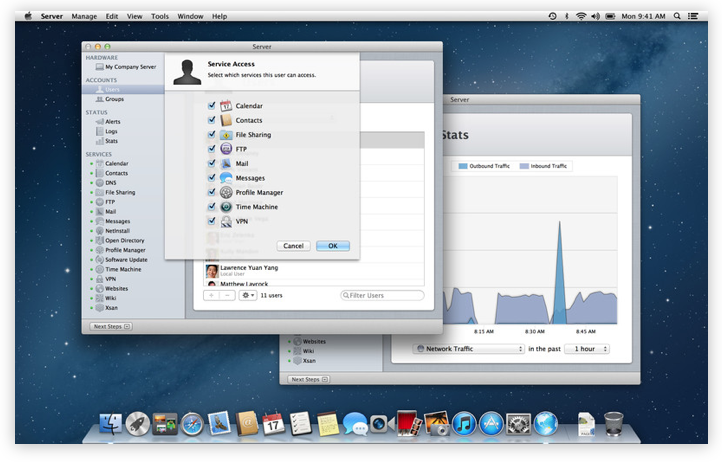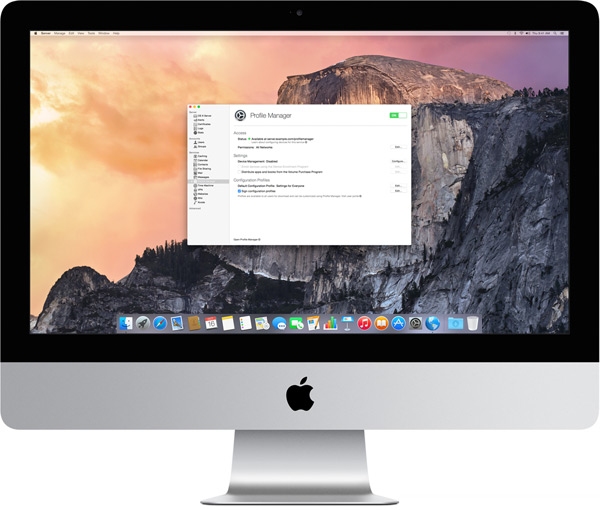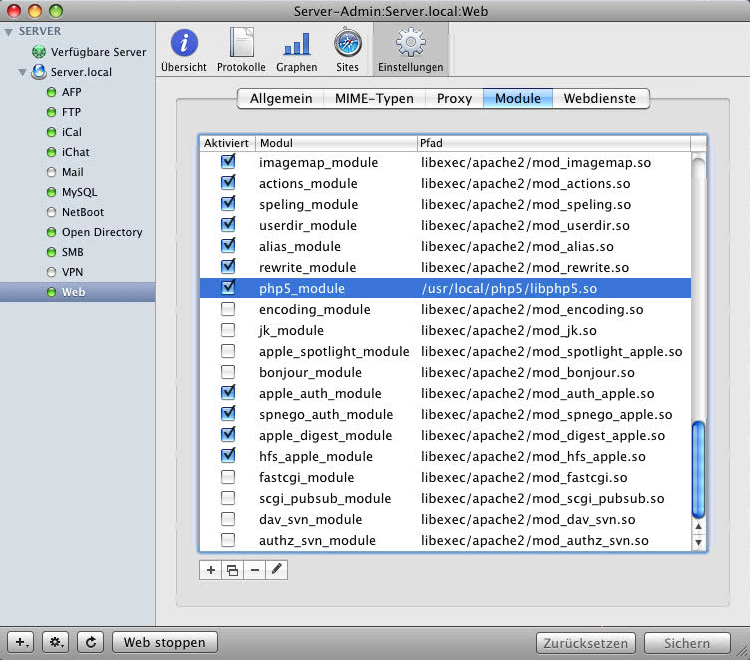

- OS X SERVER PROFILE MANAGER INSTALL
- OS X SERVER PROFILE MANAGER UPDATE
- OS X SERVER PROFILE MANAGER FULL
- OS X SERVER PROFILE MANAGER PASSWORD

Finally, Profile Manager is useful in distributing apps and other content to users based on their user profiles. Profile Manager’s web portal also gives those users a way to clear passcodes and remotely lock or wipe their Mac or iOS device if it is lost or stolen.

OS X SERVER PROFILE MANAGER INSTALL
The users can now reduce part of the administrator’s workload, since Profile Manager gives users access to a web portal where they can download and install new configuration profiles - this can be useful if a user needs certain permissions for a new project they’re assigned to.
OS X SERVER PROFILE MANAGER PASSWORD
Those same administrators can configure system settings to a company default, enforce certain restrictions, and set PIN and password policies (for example, use a complex password and change it every 90 days).

Those services need to be hosted elsewhere. However, they can’t actually host email, calendar, contacts, and messages anymore. Administrators can set up profiles for different types of users, then assign those profiles to user accounts for mail, calendar, contacts, and messages. Simply stated, Profile Manager lets administrators control all Mac computers and iOS devices in an organization while not providing the many services usually associated with a real “server”. What Functions Does Profile Manager Provide? Most of those services are now gone, with macOS Server’s one remaining useful piece being Profile Manager - a tool for deploying, configuring and managing Apple devices.
OS X SERVER PROFILE MANAGER FULL
If you followed our 7-part series on macOS Server in 2017, you’ll know that this server software could do it all: host email, contact, and calendar services, provide a web server, file sharing and wikis, be used as a common backup place for Time Machine, and even set up a full directory server for a business using Open Directory. What was once a true non-Windows/Linux server solution for all-Mac businesses is now just a pale shadow of its former self. 1Password is worth considering in your quest to find the right password manager for your needs, but we recommend trying something simpler like LastPass first.R.I.P., macOS Server. If you’re new to password managers, the setup involved can also be daunting. At the end of the lineġPassword is a solid password manager, but its lack of automation, even if for security reasons, is disappointing given that it’s one of the very features these tools are prized for. A family plan, which is required to share passwords, costs $59.88 per year and covers up to five people. Pricing starts at $35.88 per year for a single user and lets you use 1Password on all your devices. 1Password also provides secure notes where you can store sensitive documents and data like bank account numbers and passwords. You need to right-click in a form field and choose the profile you want to use from a menu. As with passwords, however, it doesn’t do this automatically.
OS X SERVER PROFILE MANAGER UPDATE
Unfortunately, 1Password does not allow you to automatically update passwords.ġPassword can store credit cards, bank accounts, and other profile data for auto-filling web forms.ġPassword lets you store identity profiles and credit card information for filling out web forms. Alternatively, you can create a three to 10 word passphrase with a choice of separators including dashes, periods or commas. Passwords automatically use upper and lower case letters, and you can include from one to 10 symbols and characters. It defaults to 20-character passwords, but you can scale it from four to 54 characters using a slider. The password generator, accessible from the browser extension, offers more customization options than most password managers.


 0 kommentar(er)
0 kommentar(er)
